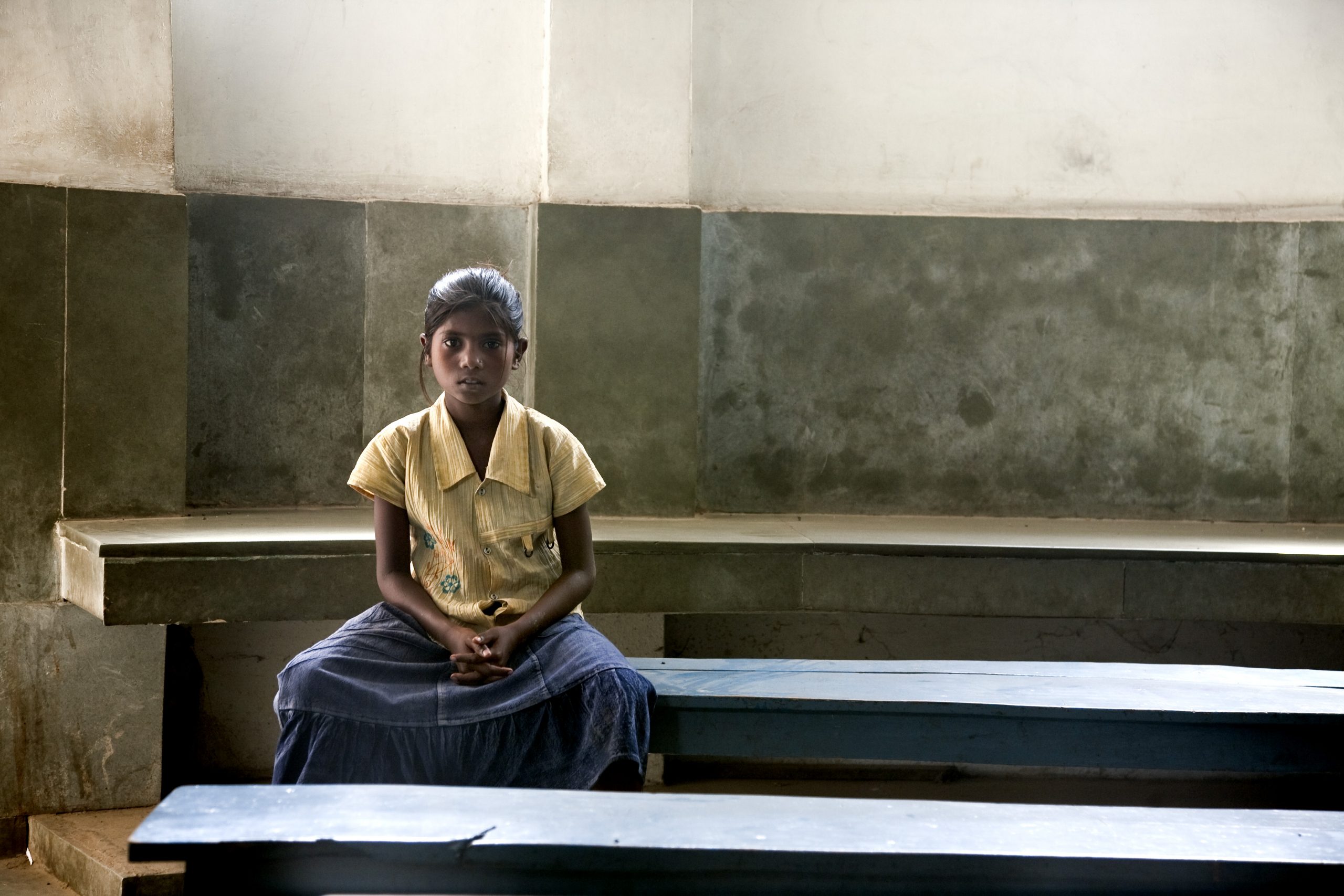FDA Voucher for Leishmaniasis Treatment: Can Both Patients and Companies Win?
Bernard Pécoul and Manica Balasegaram discuss whether drug companies have taken advantage of flaws in the FDA Priority Review Voucher program.
It sounded like a pure global health success story.
A company develops a drug for one of the most neglected diseases. As a reward, the company receives a voucher from the U.S. Food and Drug Administration (FDA). The company then sells this voucher, allowing the buyer to “fast-track” FDA approval for another product. A “win-win” in its truest sense: Innovation is rewarded while patients suffering from a deadly illness are given access to the fruits of scientific innovation.

There are problems with this story, though.
What if the company did not actually develop the drug in question? What if patient access to the drug is far from secure?
When it was created in 2007, the FDA Priority Review Voucher (PRV) program came with hopes that it could incentivize research and development (R&D) for neglected diseases. Under the initial legislation, a developer that receives FDA approval for a drug to treat one of 16 diseases is eligible for a PRV, which allows the bearer to speed up approval for a drug application of their choice, or sell the voucher for another company to use. This reduces approval time from ten months on average to six – a crucial window for companies to get drugs on the market earlier than their competitors.
Only three vouchers for neglected diseases have been granted since 2007, the latest of which was in March 2014 to Knight Therapeutics, for registering the leishmaniasis drug miltefosine in the United States. In November 2014, Knight sold the voucher to Gilead for $125 million. While there was a great deal of media attention on the record-breaking sale price of this voucher, something seemed lost in the discussion: patient needs.
Some 350 million people are at risk of leishmaniasis with up to 40,000 deaths a year from the disease’s visceral form. Current drugs are costly, toxic and difficult to administer.
Miltefosine is one of only a handful of drugs that are recommended by the World Health Organization (WHO) for the disease. It is not “new.” Miltefosine was discovered in the 1980s and the R&D for its use against leishmaniasis was conducted in the 1990s by the WHO and partners. Miltefosine then changed hands numerous times: from Zentaris to Paladin to Endo.
Knight Therapeutics was created from Endo in early 2014 with a sole product registered: Impavido® (miltefosine). By the time Knight sold its PRV, most R&D costs had been borne by other public and private actors. Knight’s CFO recently said that FDA approval cost about $10 million, which seems to be the only significant investment that Knight has made for this drug.
Meanwhile, patient access to miltefosine is extremely fragile.
Paladin and Endo maintain exclusive distribution and manufacturing rights to distribute miltefosine, while Knight Therapeutics holds the license in the US.
The WHO established a preferential price with Zentaris in the mid-2000s for developing countries. However, large minimum purchasing requirements were put in place by the company. In our struggle to access affordable miltefosine, Doctors Without Borders/Médecins Sans Frontières (MSF) and the Drugs for Neglected Diseases intiative (DNDi) have had to purchase far more supply than needed in order to be eligible for the preferential price. Supply shortages have been recorded in several countries.
Even in the US patient access is far from secure. A recent New York Times blog describes an American woman’s unsuccessful attempt to access miltefosine after contracting the cutaneous form of leishmaniasis in Brazil.
In mid-December 2014, President Barack Obama signed into law an amendment to the PRV program, adding Ebola to the list of eligible diseases and making the voucher easier to transfer among companies. But more reforms are needed to correct the PRV’s fundamental flaws – companies should not be rewarded for R&D they did not carry out while patients struggle for access.
In the short-term, we must address the worrying issues that hinder access to affordable miltefosine, at least until better treatments for leishmaniasis become available. Manufacturers and license holders of miltefosine must be transparent about the production costs of the drug while pricing it at-cost or with a minimal profit margin to ensure sustainable production. Additional clinical studies must be supported to optimize its use.
Congress must fix the PRV so that it truly incentivizes R&D, and does not simply reward the registration of an existing drug. And companies should be required to ensure affordable access to any new treatment that receives a PRV. Miltefosine isn’t the first time that a PRV has been gamed and awarded for a drug already in use in developing countries. In 2009, Novartis was awarded a PRV for Coartem®, which had been in use for some time for malaria in Africa. Price barriers are not new either: Janssen received a PRV for the tuberculosis drug bedaquiline, but the drug is unaffordable for most developing countries.
Innovative incentive mechanisms for neglected disease R&D have enormous potential, but the real winners should be patients – not only companies.
Bernard Pécoul, MD, MPH, is the Executive Director of the Drugs for Neglected Diseases initiative (DNDi)
Manica Balasegaram, MD, is the Executive Director of the MSF Access Campaign

[…] Bernard Pécoul and Manica Balasegaram discuss whether drug companies have taken advantage of flaws in the FDA Priority Review Voucher program. It sounded like a pure global health success story. A company develops a drug for one of the most neglected … Continue reading » […]